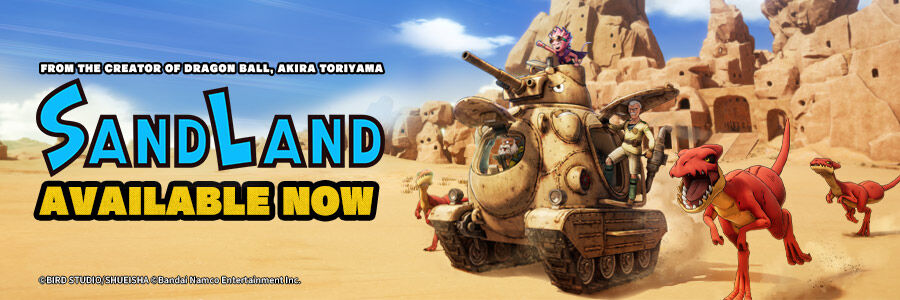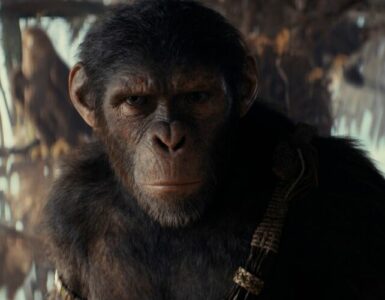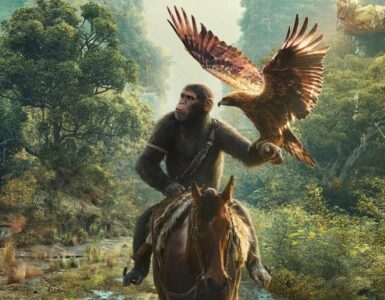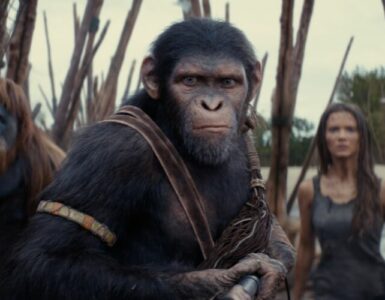Over sixty years after it made its debut in French author Pierre Boulle’s 1963 novel, La Planète des singes, the Planet of the Apes franchise has evolved into something more, but there’s no denying that evolved chimpanzee Caesar is the stalwart of the series.
First played by Roddy McDowall in Conquest of the Planet of the Apes (1972) and Battle for the Planet of the Apes (1973), Andy Serkis, the godfather of motion-capture performance took on the role in the reboot series trilogy and while 20th Century Studios’ upcoming Kingdom of the Planet of the Apes is set 300 years later, Caesar is still very much a part of the franchise.
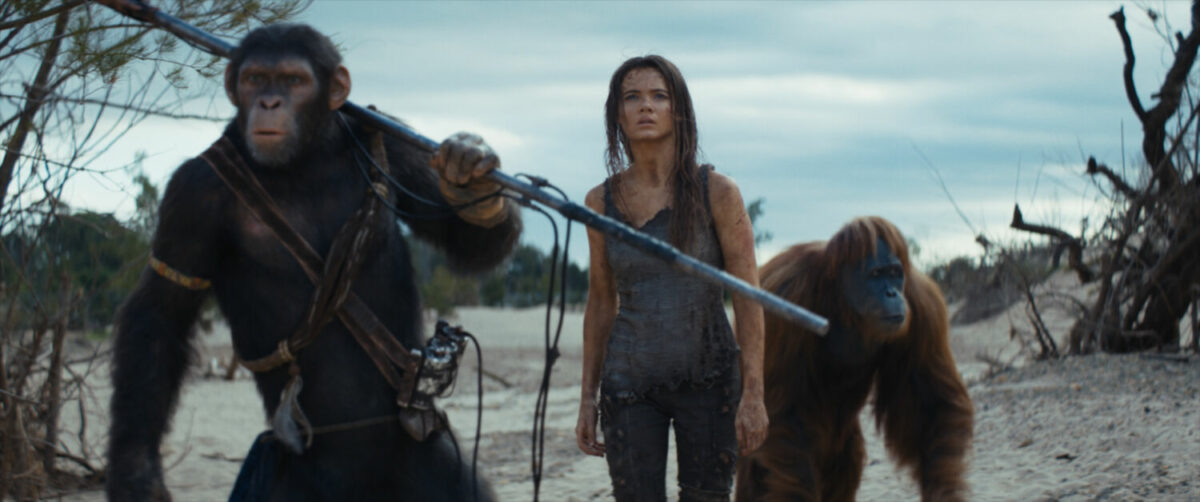
“Caesar is in this new movie, spiritually, throughout everything,” director Wes Ball (The Maze Runner trilogy) explains, as while audiences are no longer following the footsteps of a legendary leader, they are venturing into a world shaped by his legacy. It’s an exploration, a coming-of-age story set against the backdrop of a civilisation built upon the ashes of humanity.
“His ideas of morality and decency and his relationship with humans–all that is explored through an almost mythical lens that I think is exciting.”
But that’s not all that Caesar represents in the film as Ball also brought the phrase “monkey see, monkey do” to life, by inviting Serkis back to work with the new cast in honing their motion-capture work for this film.
“We brought Andy in as a consultant to talk with the actors and guide them through what was going to be a huge learning experience for them,” says Ball. “Andy had done many, many motion-capture characters in addition to Caesar, including Gollum from ‘The Lord of the Rings’ trilogy and ‘King Kong,’ so he had a wealth of experience to offer his young protegees. Most of them had never done any motion capture before, and Andy was able to make them feel more comfortable, and give them permission to look silly.”
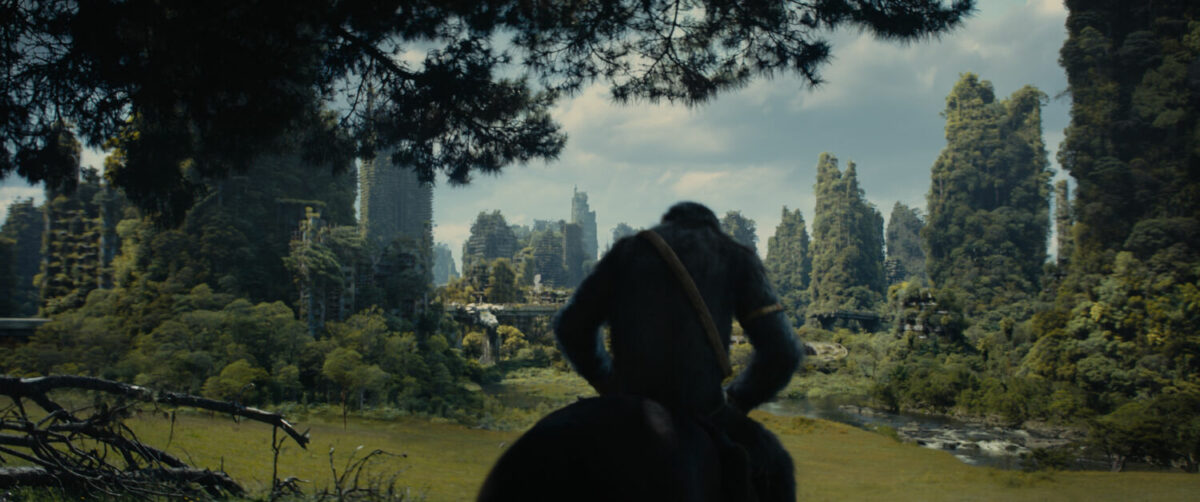
Amidst crumbling skyscrapers ensnared by thick vines, a silent testament to the passage of time, emerges a story of survival and alliance. The story follows Noa, brought to life by Owen Teague of It fame, a young chimpanzee hunter with a thirst for adventure. His world is upended when he embarks on a perilous journey alongside a human girl named Mae, played by Freya Allan (The Witcher).
And much like Caesar guiding the apes to the promised land, Serkis serves as a guiding light, a special consultant for the new cast navigating the complexities of motion capture performances, helping the new actors embody their ape characters with a depth and nuance that transcend prosthetics or traditional CGI.
“Andy helped us to understand the actual anatomical differences between our human bodies and the specific ape we were playing,” Teague explained. “We had to embrace our ape bodies, and then we followed each other around and mimicked each other. And out of that mimicry, we would see ourselves reflected in someone else, but exaggerated, and we would pick up on things that we would not have otherwise thought about.”
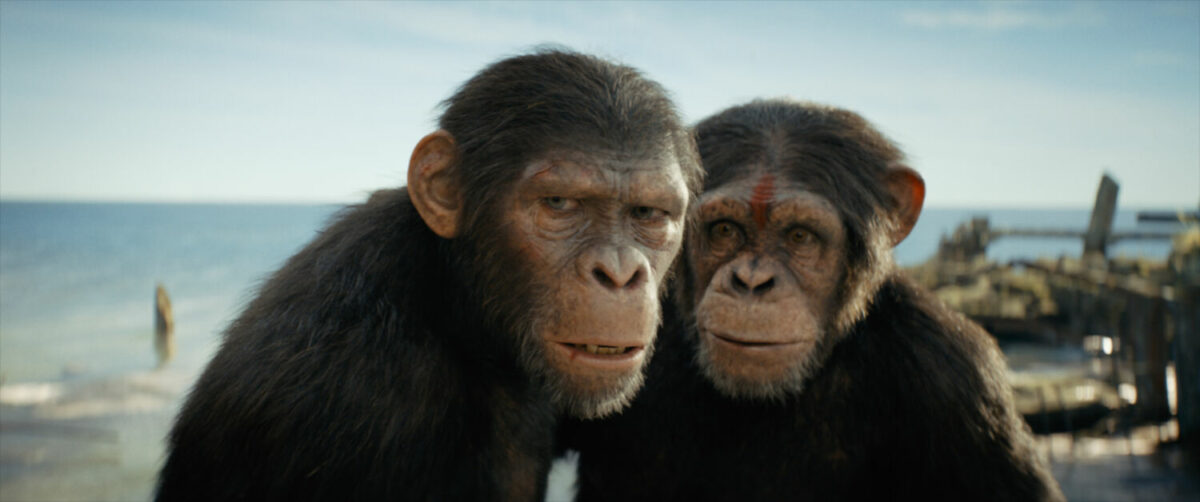
The production also included sophisticated setups on the performance capture and Volume stages, where the actors could view their digital alter egos in real time and adjust their performances accordingly. Producer Joe Hartwick, Jr. emphasised the transformative impact of Serkis’ guidance during these sessions. “Andy would throw situations for them to perform and give micro feedback that would make all the difference in the world,” Hartwick remarked. This mentorship was seen as essential for maintaining the integrity and continuity of the characters as the franchise moved into this new narrative territory. “We were so lucky that Andy had room in his schedule. It was a total joy for the cast.”
And while it’s something new to modern audiences, the project ignited a spark of childhood fascination in Ball, who fondly remembers his initial encounter with 1968’s Planet of the Apes – a sci-fi epic that held a mirror to humanity’s flaws. “It felt like a historical epic,” he says. “This time-travelling astronaut fell into a world that felt somewhat medieval, populated by these apes, and it was one of my first introductions to sci-fi.”
Ball sees this new chapter as an opportunity to delve deeper into those themes, presenting a world where apes have established diverse cultures, each with their own traditions and belief systems. Humans, on the other hand, have regressed to a feral state, a stark reversal of roles.
“Story-wise, these films resonate with people because they have sci-fi concepts, and they tackle issues of humanity,” Ball explains. “They deal with issues like class and race, about what it means to be human, and allow us to look at, analyse, and pinpoint deep issues about ourselves. They hold a mirror up to society and compel us to look at problems we as humans face through the lens of this fantastical world.”
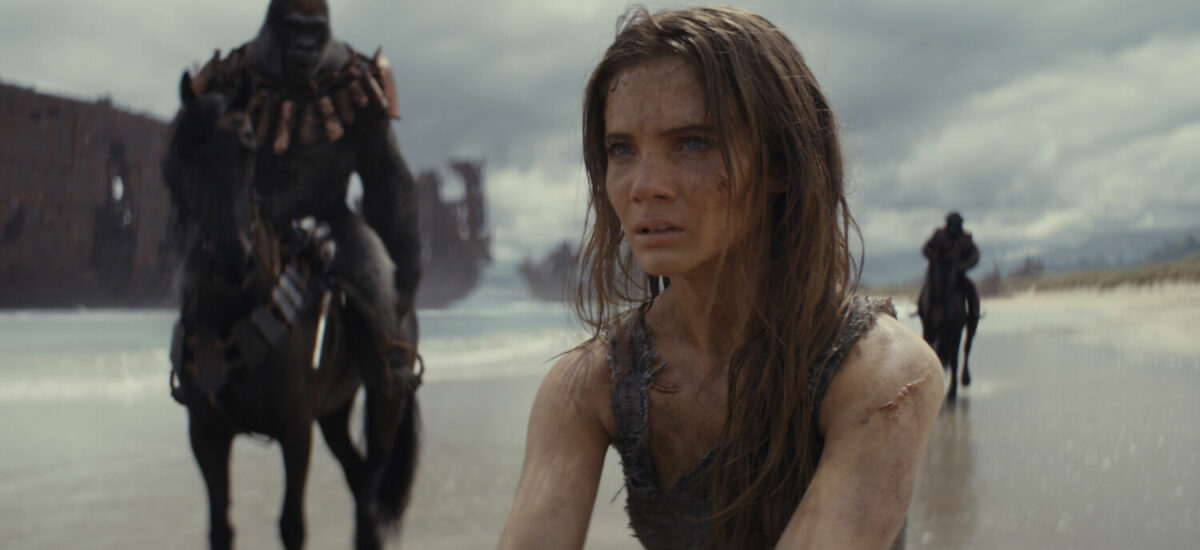
This unlikely alliance between Noa and Mae forms a beacon of hope in a world grappling with dramatic shifts in power. It’s that same world where nature has reclaimed the remnants of human civilisation.
“I thought it would be really fun to see our world happen when humans are gone essentially, and the setting in the remains of our world,” Ball explains.
The film’s production involved constructing massive sets and integrating practical effects with digital enhancements to create a believable post-climate change world. Filming locations in Australia provided diverse landscapes that matched the envisioned settings, from lush forests to stark beaches, all crucial in depicting a world unfamiliar yet strangely poignant. Even scenes requiring vast digital extensions started with real locations, grounding the fantastical elements in a sense of believability.
Still, one of the biggest technological hurdles involved water and well, wet fur on the apes that behaves differently, and its texture and movement have presented, and continue to pose a unique challenge for CGI artists. Fortunately, advancements made during the 2022 American epic science fiction film, Avatar: The Way of Water (2022), proved invaluable for Kingdom of the Planet of the Apes. Ball himself describes the experience as a massive learning curve, a testament to the film’s technical ambition. From mocap suits and practical sets to cutting-edge CGI, Kingdom of the Planet of the Apes utilises a complex yet effective blend of technology and physical production techniques.
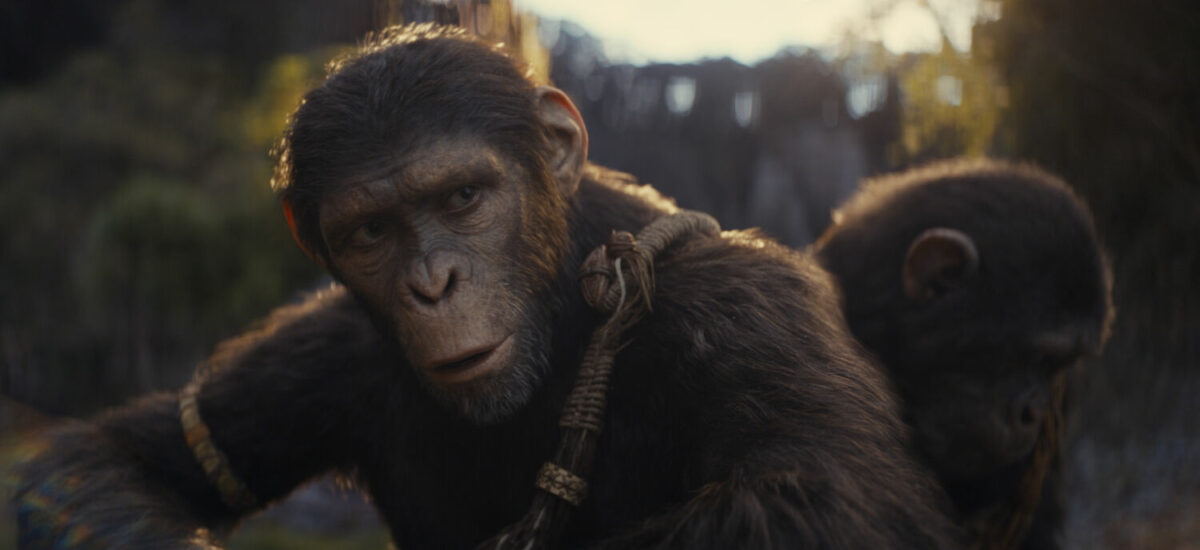
So, while Caesar may be gone, his legacy continues to shape the future of the Planet of the Apes universe, leaving audiences to ponder the enduring question: what does it truly mean to be human?
Kingdom of the Planet of the Apes opens in cinemas on 9 May.


